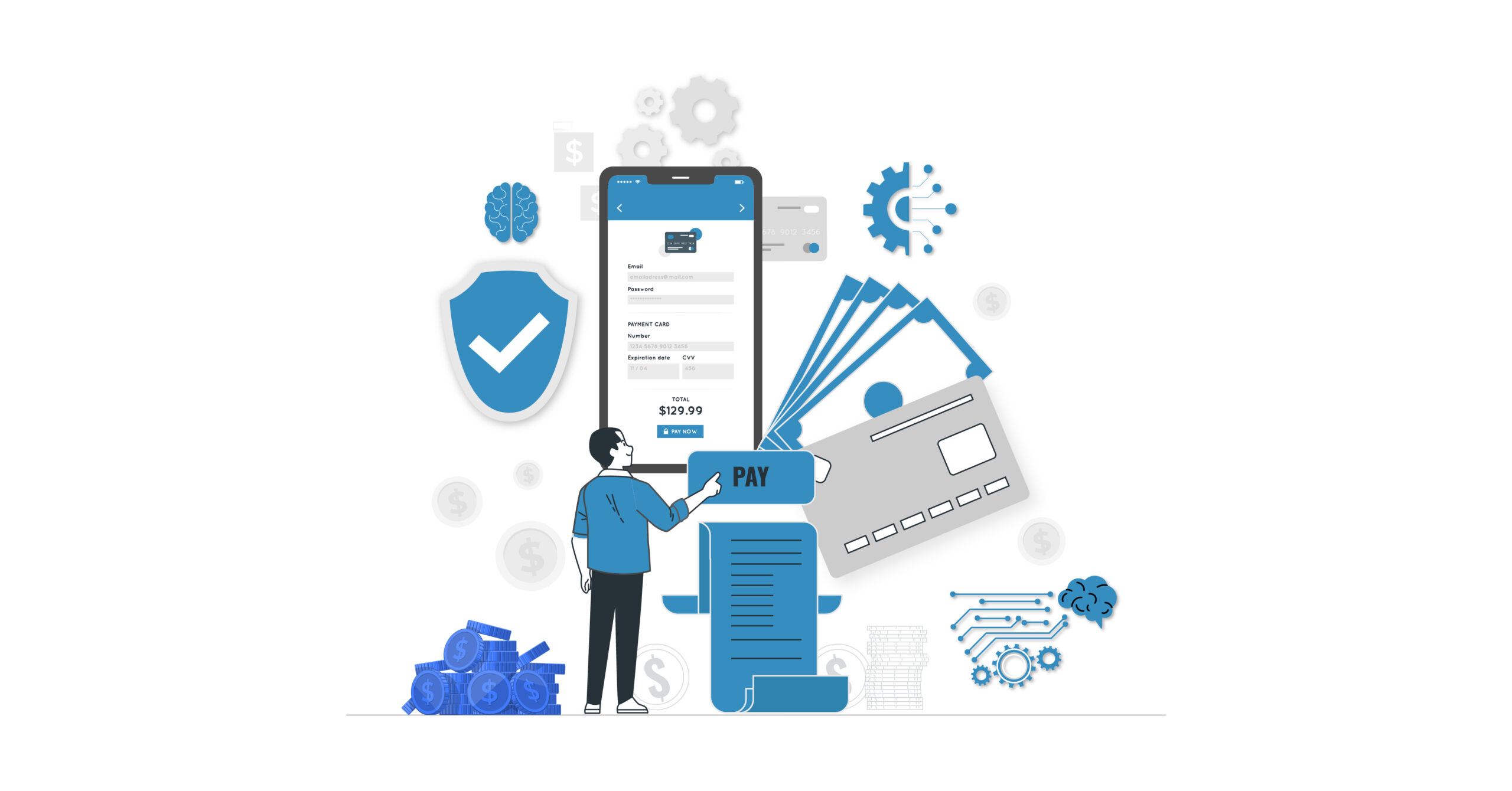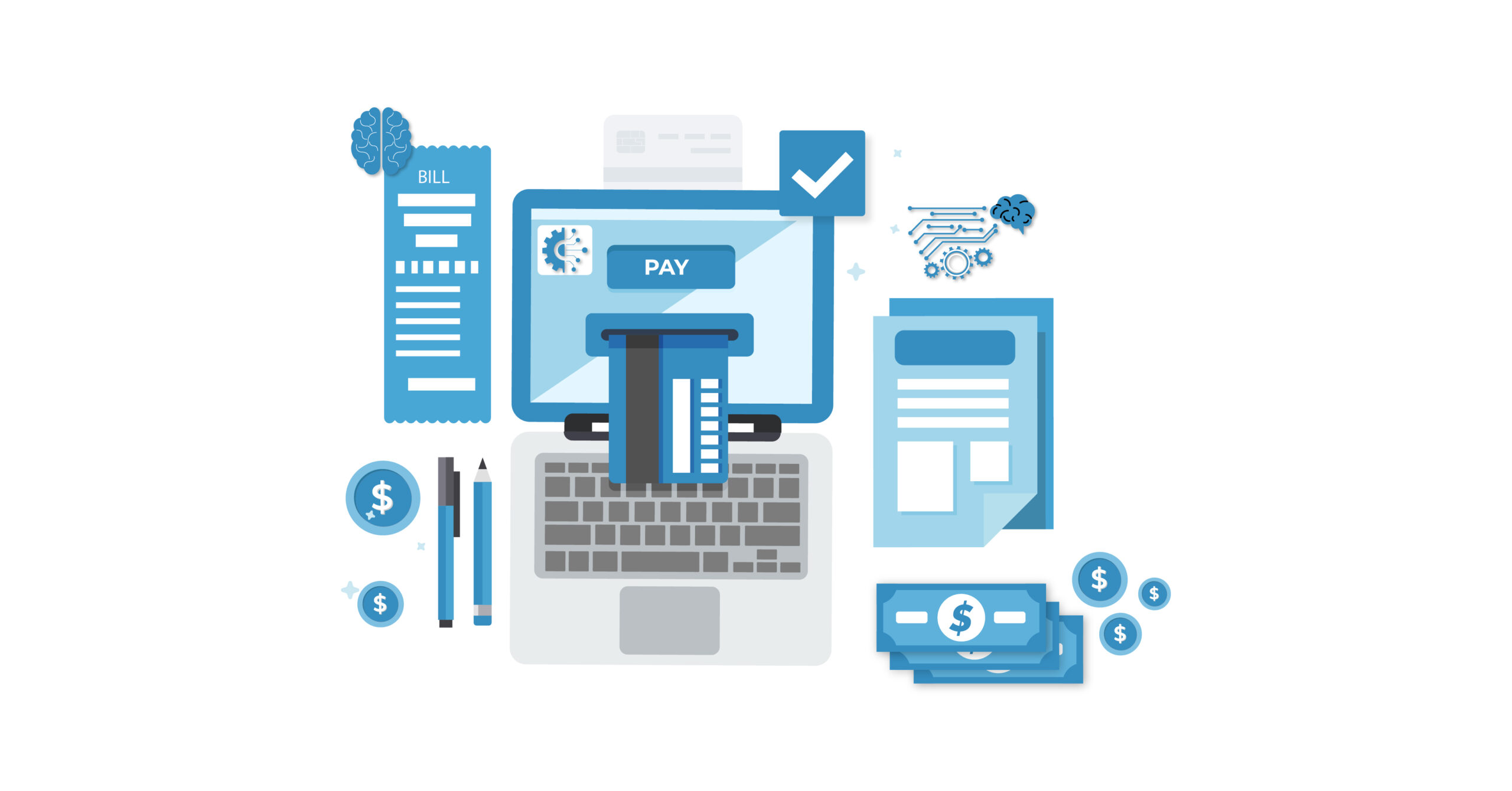Selling to customers on credit is an essential customer service that expands a company’s revenue potential beyond cash sales. However, it comes with the burden of invoice creation, distribution, payment collection, and overall process management. Mismanagement can lead to cash flow issues and strained customer relationships. This is why businesses, irrespective of size, have adopted accounts receivable (AR) automation to streamline operations and enhance efficiency.
The cost to process customer invoices can range from $2 to $9, depending on the level of automation, according to the American Productivity and Quality Center (APQC). Apart from cost savings, AR automation offers comprehensive benefits to optimize the entire AR process.
AR Automation: What You Need to Know ?

Shorter order-to-cash cycle – One of the most notable advantages is the improvement in cash flow by expediting the order-to-cash (OTC) cycle. The OTC cycle encompasses all activities from the point of making a sale to receiving payment from the customer. By leveraging AR automation, businesses can reduce the time required for this cycle, resulting in faster receipt of cash. Integration of AR automation with front-end systems like order and inventory management further enhances this process.
Lower DSO – Automated AR systems have the potential to decrease days of sales outstanding (DSO), a metric that measures the number of days it takes for a sale to be paid. For instance, it accelerates invoicing workflows, leading to faster cash flow and improved liquidity for the company. By streamlining these processes, businesses can optimize their financial operations and enhance their overall performance.
Better operational efficiency – AR automation also enhances efficiency, strengthens security measures, and improves management oversight. It enables businesses to effectively organize and protect customer data while gaining real-time access and reporting capabilities through tools like dashboards. These benefits facilitate data analysis and provide valuable insights for better decision-making.
Stronger customer relations – Finally, the accuracy, timeliness, and convenience provided by AR automation contribute to building customer confidence. Standardized processes, including reminders and dunning notices, ensure consistency and professionalism throughout the AR process. It goes without saying, AR automation plays a vital role in reducing uncollected receivables.
Challenges of Manual AR Management

- More susceptible to errors and inefficiencies
- Cashflow delays and heightened bad debt risk
- Increased workload
- Customer frustration
- Lost documents
- Security breaches Misallocated payments
- Inaccuracies in invoice data
- Delivery errors
11 Benefits of AR Automation CFOs Cannot Overlook

Automating a company’s AR process offers a wide array of far-reaching benefits. Below are some of the most significant advantages:
1. Improved speed and efficiency
AR automation significantly enhances the productivity, efficiency, and accuracy of the AR team. By utilizing digital templates, staff members can generate a larger volume of invoices in a shorter timeframe compared to manual methods. Online delivery expedites the distribution of invoices to customers, accelerating the payment process. This swift invoice generation initiates payment terms promptly, contributing to faster cash flow. Moreover, AR automation efficiently handles more intricate billing schemes, such as consumption-based billing. The automated system can calculate these complex billing structures faster and with greater precision, minimizing the risk of errors and ensuring accurate invoicing.
2. Less human errors
AR automation minimizes these errors by leveraging integrated databases that automatically populate customer information and product details. Additionally, automated matching capabilities establish connections between customer purchase orders, shipping details, and invoices, further reducing the likelihood of discrepancies.
By implementing AR automation, businesses can significantly reduce the time and effort required to rectify errors. This means fewer or no cumbersome interactions with customers to resolve issues, preventing potentially embarrassing situations. With automation handling these tasks, the AR team can focus on more strategic and value-added activities, improving overall efficiency and customer satisfaction.
3. Cost savings
Firstly, increased productivity resulting from automation reduces the amount of staff time required for basic data processing tasks. This allows employees to focus on higher-value activities, such as investigating and resolving exceptions, thereby maximizing their efficiency. In some cases, it may even be possible to downsize the AR team without compromising productivity. Furthermore, AR automation contributes to a decreased rate of uncollectible accounts. The accuracy and timeliness of invoices improve, leading to faster delivery to customers.
Consequently, the chances of discrepancies and delays in payment decrease, minimizing the risk of bad debts. AR automation, in conjunction with effective management tools like dashboards and real-time AR aging reports, enables closer monitoring and management of customer accounts. This proactive approach facilitates better debt management, reducing the occurrence of bad debts and improving overall financial health.
4. Better cashflow forecasting
By automating the AR process, businesses can efficiently and effectively collect the maximum amount of cash in the shortest possible time frame. This improved cash flow enables organizations to better meet their financial obligations and seize growth opportunities. Moreover, AR automation enhances a company’s ability to forecast future cash flows with greater accuracy. The automation system captures and analyzes real-time data, enabling businesses to identify reliable and consistent collection patterns. This valuable information facilitates more informed financial planning and forecasting, leading to better decision-making and increased confidence in future cash flow projections.
5. Intuitive dashboards
At the customer level, AR dashboards offer real-time aging reports and customer master files, providing insights at both summary and detailed levels. This enables users to have a comprehensive view of individual customer accounts, including outstanding balances and payment history. AR dashboards also display key performance indicators (KPIs) that help gauge the overall health and efficiency of the AR process. KPIs such as AR turnover and Days Sales Outstanding (DSO) provide valuable insights into the effectiveness of cash flow management. Furthermore, AR department activity metrics, such as processing output, payment collection, and error rates, are also presented on the dashboards, facilitating performance monitoring and continuous improvement.
6. Better security and compliance
Automated AR systems provide a secure environment for managing and storing sensitive data, ensuring compliance with data protection regulations. In addition, automated AR systems streamline compliance with local regulations such as sales tax, e-billing, and data protection. These systems are designed to adhere to standardized processes, making it easier to meet regulatory requirements. Automated systems also automate data archiving, securely storing information, and organizing it for auditability. This is particularly beneficial for companies operating in multiple jurisdictions with varying regulations, as the automated system ensures compliance and simplifies regulatory reporting.
7. Faster payments
AR automation systems empower organizations to customize invoices with relevant information that allows customers to validate their purchases more easily. Additionally, automated AR systems enable invoice consolidation, which further improves the efficiency of the payment process. Consolidated invoices streamline the approval and payment process for customers, increasing the probability of timely payments. Moreover, AR automation facilitates proactive communication with customers through automated payment reminders and dunning notices. These reminders are sent at regular intervals, keeping payment obligations at the forefront of customers’ minds and helping accelerate cash flow by encouraging prompt payments.
8. Better customer service
By implementing AR automation, companies can streamline their invoicing and collection processes, ensuring the timely delivery of accurate and professional invoices. Automation reduces the chances of errors, delays, or discrepancies that could lead to customer dissatisfaction or disputes. Moreover, automated payment options and systems make it more convenient and user-friendly for customers to fulfill their payment obligations, reducing the burden on their accounts payable teams. The adoption of AR automation not only enhances the efficiency of the AR process but also demonstrates a commitment to providing a seamless customer experience.
9. Reduced cost of processing invoices
AR automation leads to substantial cost savings in invoice processing and payment collection. Studies consistently demonstrate significant cost reductions when using automated AR systems compared to manual processes. For example, the APQC reported a $7 decrease in invoice processing costs, aligning with similar findings that highlight the substantial savings achieved through automation. These cost savings result from reduced labor requirements, improved workflow efficiency, and decreased overhead expenses.
10. Standardized process
An automated AR system ensures alignment and collaboration among all OTC stakeholders, including those beyond the AR team. Sales teams stay informed about customers’ overdue balances, order fulfillment personnel are aware of required documentation, and business leaders gain improved insights into cash flow. The automated AR system serves as the ultimate source of truth, surpassing manual processes with ad hoc spreadsheets and reporting.
11. Real-time data at your fingertips
Automation eliminates the complexity of manual AR processes, such as managing spreadsheets and multiple subsystems, which can lead to data inconsistencies. An automated AR system offers real-time visibility into crucial AR data, including open and closed invoices, aging and payment history, and pending information like unbilled orders. This ensures that the entire team operates with the latest and most accurate information, which is particularly vital when interacting with customers.
Final Thoughts
AR automation has the potential to greatly enhance an organization’s OTC processes while delivering several crucial benefits such as improved cash flow, cost reduction, enhanced customer service, and enhanced security. However, not all AR automation systems offer these benefits comprehensively, often focusing on specific aspects of the AR process. ARena’s Accounts Receivable takes a holistic approach to AR automation, addressing every facet of the AR process, from invoicing to credit management to collections and compliance.
This comprehensive solution empowers companies to improve liquidity, shorten the credit-to-cash cycle, and seize growth opportunities. Real-time AR dashboards and configurable reporting tools make it easy to monitor the entire AR process and identify areas that require attention. With ARena, only make data-driven decisions to efficiently manage this customer-facing process.





